Keep Up to Date with MDG
MDG News and Updates
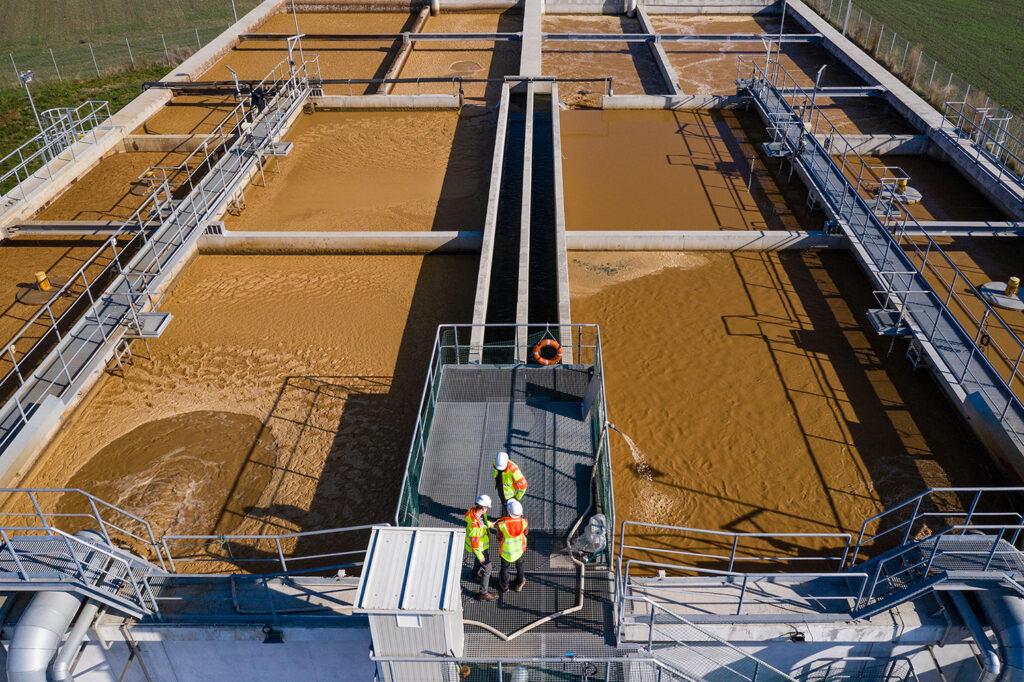
In-Field and In-House Expertise in Wastewater Treatment
When your wastewater customers are facing challenges, you want a partner with proven success and extensive expertise in wastewater treatment. At Microbial Discovery Group, we can be that partner. MDG stands as a leading expert in bioaugmentation, holding in-field and in-house expertise in tackling the challenges of wastewater systems. With a strong foundation in microbial science and a track record of proven success, our microbiologists, technical support staff, and account managers provide innovative, sustainable solutions and programs that enhance wastewater treatment processes and offer long-term benefits. MDG’s In-Field Bioaugmentation Expertise We understand the issues that wastewater treatment facilities face because our technical support team is constantly in the field, identifying unique solutions for each customer. We take a hands-on approach with our training and educational programs, and we prioritize your ability to work with real people to help you solve problems. This allows us to adapt to changing conditions in the field and set you on the path to success. MDG’s In-House Bioaugmentation Expertise Our in-field success is also driven by extensive research and development taking place at our four in-house labs. At MDG, we are dedicated to delivering effective, innovative, and sustainable microbial solutions to mitigate your wastewater customers’ […]
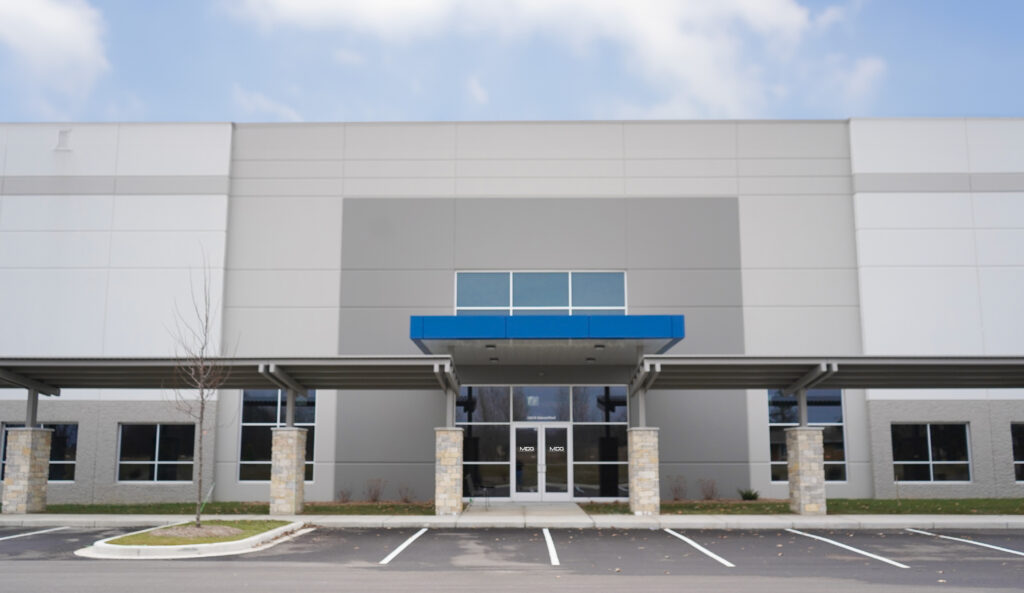
2024 EXPANSION: CONTINUED GROWTH AT MDG
Since the completion of our Oak Creek facility in the fall of 2022, we have steadily grown our capacities and capabilities as a trusted provider of Bacillus-based solutions. We are excited to announce that our growth has given us the opportunity to expand our footprint once more in the city of Franklin, WI. “With the rapid evolution of biotech solutions to solve modern day problems, there is a growing need for fermentation and drying capabilities of larger capacities,” says Mike King, Chief Executive Officer of MDG. Our new 117,000-square-foot facility will provide us with the necessary space to further our fermentation, freeze drying, and spray drying capabilities. This will occur in four phases, and once completed, we will have a total annual fermentation capacity of 22 million liters across multiple facilities. Our new space will allow us to serve customers even more effectively as we work toward our mission to Feed, Clean, Save the World. “With this expansion, we are continuing to answer the call for sustainable solutions to the world’s largest problems,” says Sona Son, MDG’s Chief Operating Officer. “Adding this new facility’s fermentation and drying capacity will increase our capability to grow and manufacture environmentally-safer microbial products.” We’re […]
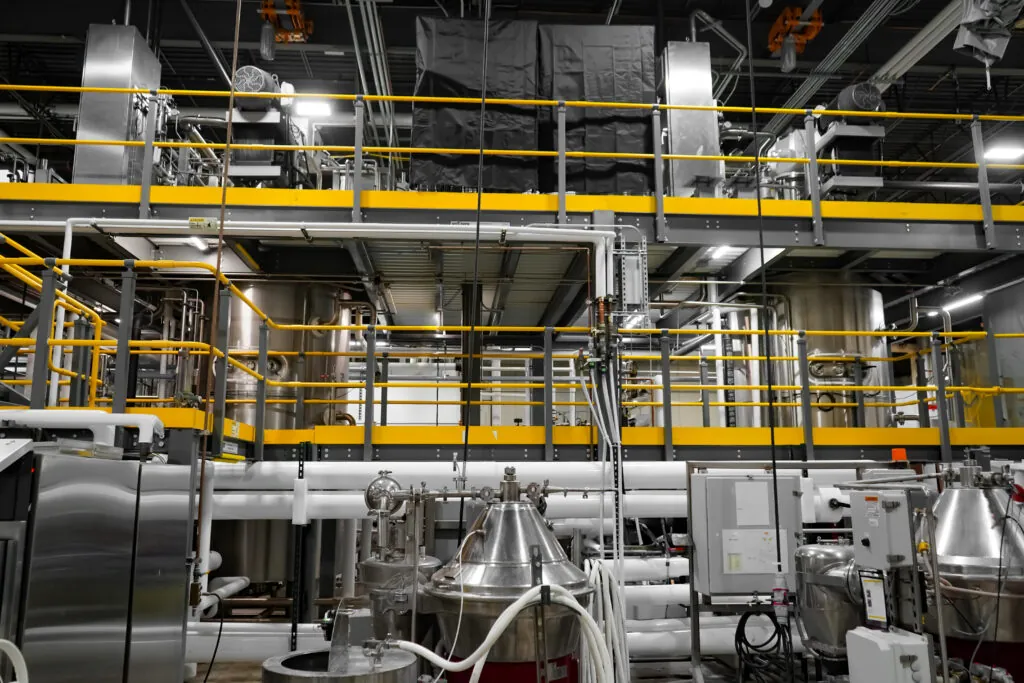
Microbial Fermentation: MDG’s Trusted Custom Fermentation Process
At MDG, we take pride in the Bacillus we manufacture and grow for our customers. We use only pure Bacillus cultures to produce single-strain tanks and can blend and package in-house, creating a seamless process that saves our partners time and money. But what really sets MDG apart is our trusted custom fermentation process. Everyone we work with has different needs, but the steps we go through to create a solution stay the same. Let’s see why MDG’s microbial custom fermentation process stands above the rest. MDG’s Custom Bacillus Fermentation Capabilities Isolation Isolating and testing a strain for purity is important to ensure what the customer sent is what we have in our laboratory before it is added to the optimization workflow. The process involves streaking customer strains to assess their purity, then growing them to confirm with the customer that the strain matches their original submission. This way, we know that the final product is exactly what the customer intended. Optimization Optimization in the fermentation process is crucial for maximizing efficiency, increasing product yield, and ensuring consistent quality. Fine-tuning parameters such as nutrient levels, temperature, and pH enhances the performance of Bacillus strains, leading to more cost-effective production and […]

Upcoming Webinar: Creating Quality Microbial Products
Producing high-quality microbial products for industrial, institutional, and consumer applications is essential for our partners. In our upcoming webinar, we will explore the critical aspects of microbial product development and how we ensure quality products for your customers. Jenny Cray, Technical Support Lead at MDG, will share her extensive knowledge and experience in microbiology and offer insights into the processes involved in creating effective, high-quality microbial products. She will discuss tips for ensuring quality throughout the entire lifecycle of microbial product development and will detail why these solutions matter to customers facing challenges in the industrial and institutional cleaning market. Join us on Wednesday, April 17th, 2024, at 1:00 PM CST as Jenny presents “Creating Quality Microbial Products”. Register today and take the opportunity to learn from one of the leaders in microbial innovation.
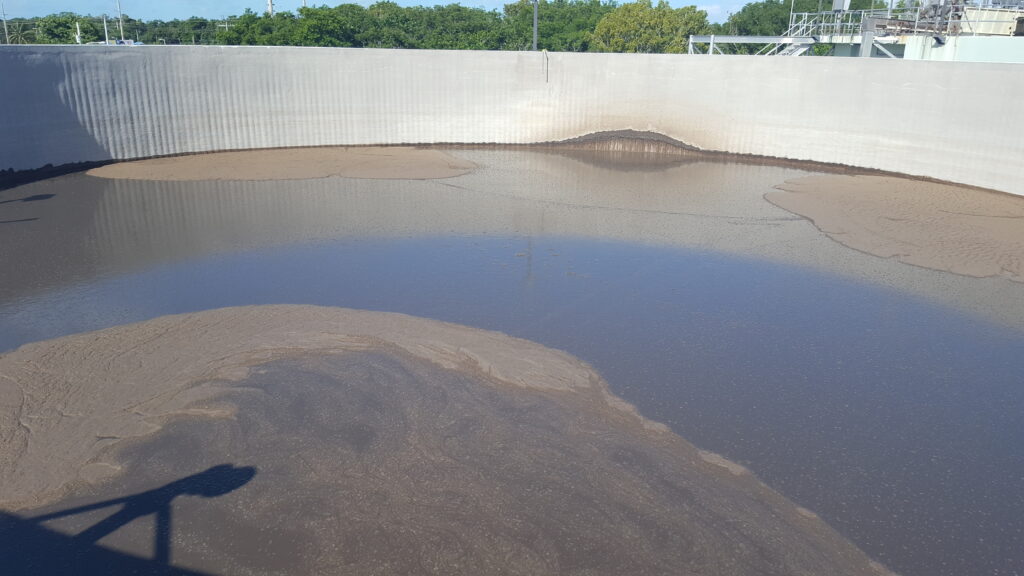
Proven Success Treating Sludge with Biotifx®
If your customers are working in the biological wastewater treatment industry, chances are they’re dealing with the challenges of organic sludge. Sludge, the waste components left over after the wastewater has been treated, is a constant expense for facilities, and many don’t realize it can be reduced. In many cases, we see inefficient sludge handling, leading to high dewatering and disposal costs along with hydrogen sulfide gas production and odors, among other issues. Luckily, at Microbial Discovery Group, we’ve developed a treatment program called Biotifx to help solve these issues. Using biological products enhanced with micronutrients and specific guidelines on usage, we can help you create an effective product that can optimize sludge handling and reduce costs for your customers, leading to their success. Sludge: The Problem Sludge can become a problem for your customers within multiple applications, including sludge tanks and lagoons. Sludge tanks can leave your customers with high disposal costs due to inefficiencies in digestion, decanting, and dewatering, as well as the weight-based pricing of sludge removal. Additionally, sludge tanks face limitations in capacity, restricting the volume they can handle. Lagoons, while requiring less daily upkeep than sludge tanks, encounter similar problems from the slow digestion of […]
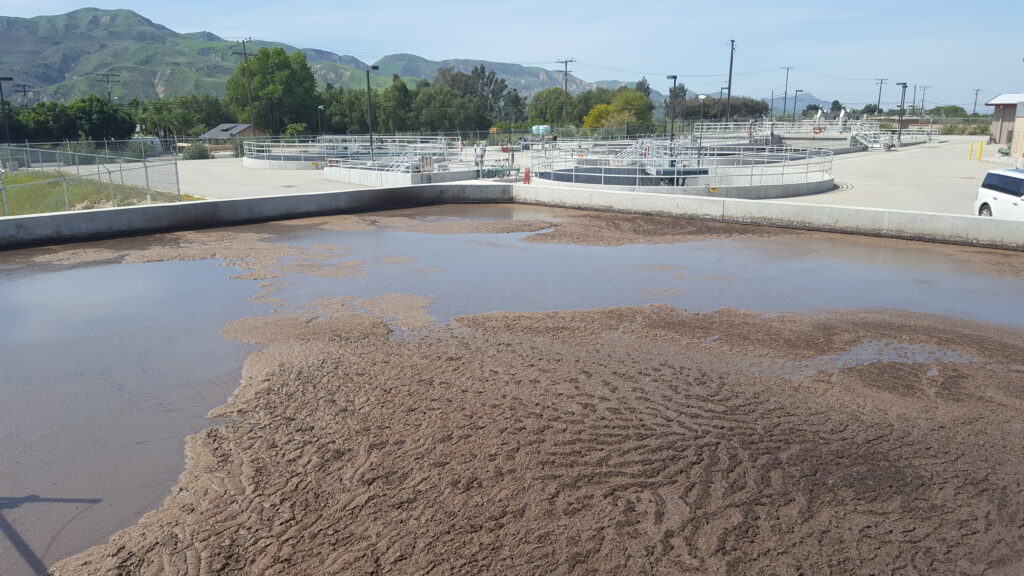
Sludge Tanks 101: Treating the Waste
Throughout the wastewater treatment process, certain components are left over that get separated from the treated water. This collection of leftovers is called sludge, which is then further treated in tanks. At Microbial Discovery Group (MDG), we have explored the process of treating sludge in sludge tanks and have designed our Biotifx® products and programs to assist with this treatment and ongoing system maintenance. SLUDGE TANK BASICS Sludge is a mixture of liquid and solid materials that have been removed from the treatment system. Essentially, it is the waste of the wastewater treatment process. Sludge is comprised of both organic and inorganic matter. After leaving the clarifier, sludge is transferred to designated tanks, which are accordingly called sludge tanks. These tanks can also be referred to as sludge thickeners, ponds, decanters, or digesters (not to be confused with aerobic digesters). After the sludge finally leaves the tank, it is dewatered through a sludge press and hauled away. Sludge tanks are utilized because they allow water treatment facilities to remove and store larger masses of liquid and solid waste, so they can continue treating wastewater in a more efficient manner. The main objectives of sludge tanks are to: Increase digestion. By […]
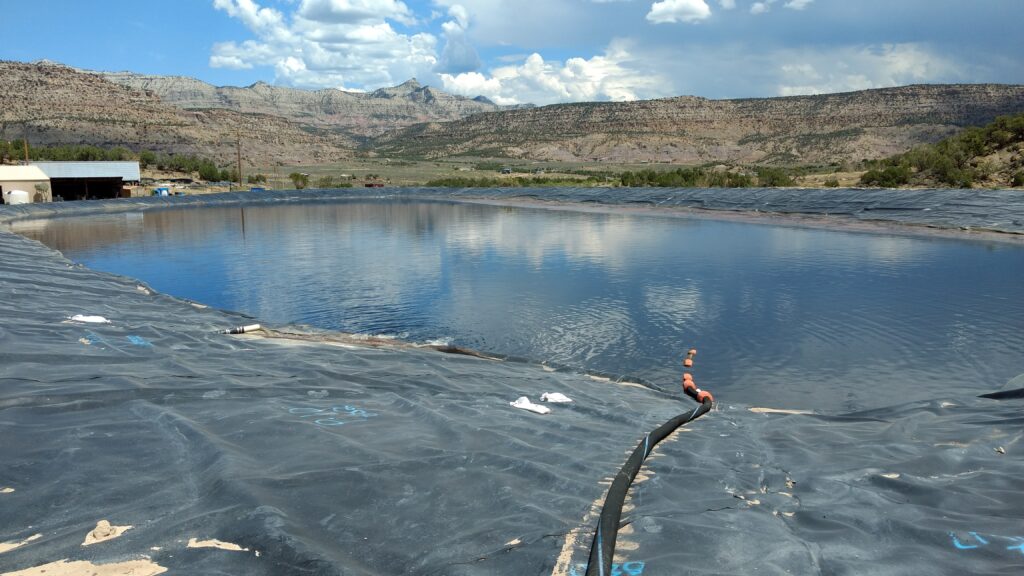
Lagoons 101: Identification and Long-Term Treatment Approach
Lagoons and ponds have been used for treating wastewater for over 3,000 years. Today, there are over 8,000 wastewater treatment lagoons operating in the United States. One appeal to using lagoons is that they generally require less energy than other treatment systems and have lower operation and maintenance costs. That being said, proper performance still requires some form of ongoing maintenance and upkeep. At Microbial Discovery Group (MDG), we have explored and documented the process of both treating and maintaining lagoons. With this knowledge, we have designed Biotifx® products and programs to make it easy for our sales reps to educate operators on how to maintain and increase efficiencies long-term. LAGOON BASICS A lagoon is a large, manmade body of water that is designed to receive, hold, and treat wastewater before it’s considered safe and returned to the environment. In a way, lagoons are like holding tanks, where sewage enters at one end and beneficial bacteria and other organisms work to break down various organic components over time. These bodies of water are constructed and lined with materials that prevent leakage into the groundwater, such as clay or an artificial liner. While lagoons can exist alone, they’re also commonly installed […]

Unlocking the Secret Sauce: Grease Traps and FOG Control in Industrial & Commercial Kitchens
Controlling the buildup of fats, oils, and grease (FOG) in grease traps can pose a significant challenge to your customers working in industrial and commercial kitchens. Many businesses know how important it is to address the issue, but they may not know where to turn for solutions. Luckily, MDG has a track record of proven success in supplying effective Bacillus ingredients, so you can formulate your products to meet your customers’ needs and drive profit for your business. The Source of the Problem Grease traps essentially function as a filter in restaurant kitchens, catching any FOG in the kitchen’s wastewater before it flows into a drainage system. In a busy restaurant, new FOG is constantly being introduced to the system, and if the grease traps are not properly maintained, buildup can become a problem. This can lead to drainage issues and, if other food material becomes trapped in the built-up FOG, can even cause odor problems. If the problem persists, restaurant owners may be obligated to perform a costly mechanical pump-out. The Secret Sauce Your customers need an effective way to combat FOG buildup in their industrial grease traps, and you need trusted ingredients to prepare products that suit their […]

Proven Success in Wastewater Seasonality
In the world of wastewater treatment, seasonal challenges can disrupt operations and affect the efficiency of treatment plants. As the industry begins to face the difficulties of this year’s spring, MDG emerges as a trusted partner with a track record of proven success to resolve some of the biggest challenges that arise with the changing of the seasons. Wastewater Seasonality Wastewater treatment plants face challenges during seasonal transitions, particularly within lagoons as they experience two turnovers in spring and fall. During spring turnovers in particular, effective solutions are important, since sludge has accumulated during the winter months and needs to be disposed of as the weather gets warmer. As the Bacillus solution that helps distributors scale and streamline without sacrificing product effectiveness, we recognize the significance of seasonality in the wastewater industry. Our approach frames the challenges of seasonality as opportunities for distributors to make a difference in their customers’ wastewater treatment. By addressing issues head-on, our distribution partners can position themselves as allies to treatment plants seeking reliable, trusted solutions. Proven Success: The MDG Advantage At MDG, our commitment to excellence is backed by a proven success story. Our innovative Biotifx® products and programs have consistently delivered measurable […]
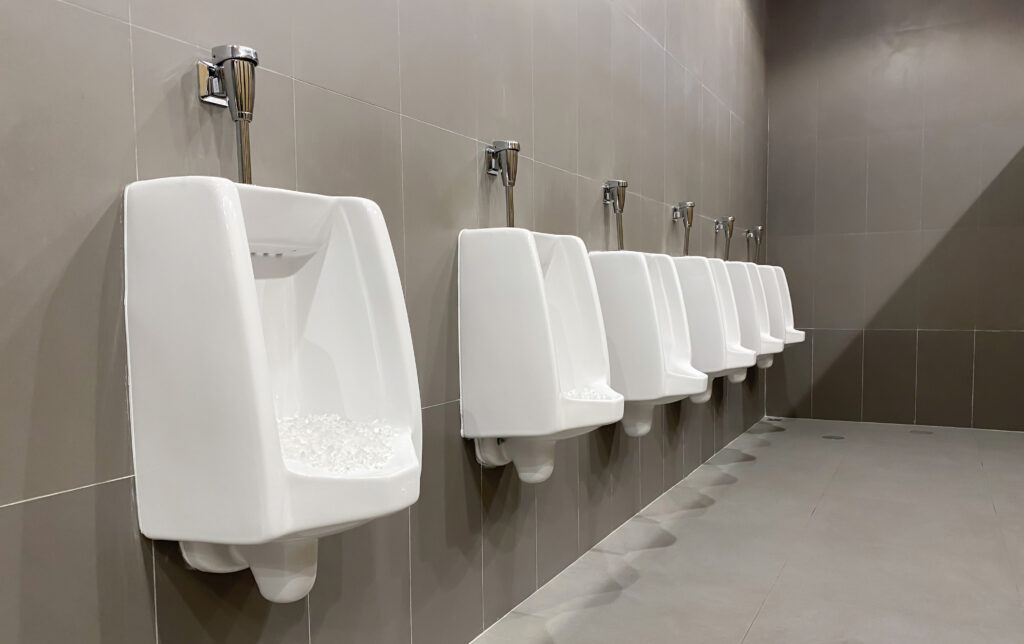
Battling Restroom Odors: Debunking Ice in Urinals
Ever since the invention of the urinal back in 1886, facilities have been battling the unwanted odors that come with them. To combat the odors, businesses have tried many different treatments… some more beneficial than others. One of the most used techniques for businesses is to fill the urinal with ice. However, this may add to the odor in restrooms. In this post we discuss why utilizing the power of Bacillus over loading ice into urinals will be your best bet to reducing those odors. The Unintended Consequence of Using Ice in Urinals The rationale behind the ice method is logical but unknowingly, not directed at the true cause of the odors. The belief is that the odor from restrooms is due, in part, to lack of flushing, so businesses will load in ice. The ice slowly melts, providing a constant flow of water through the urinal. While having a consistent water flow can help keep drains running smoothly, the unintended consequence is that ice can often lead to splashing which only intensifies odors. When urine splashes onto porous surfaces, such as tile and grout, it leads to the accumulation of urine and urea. This results in strong ammonia odors. […]